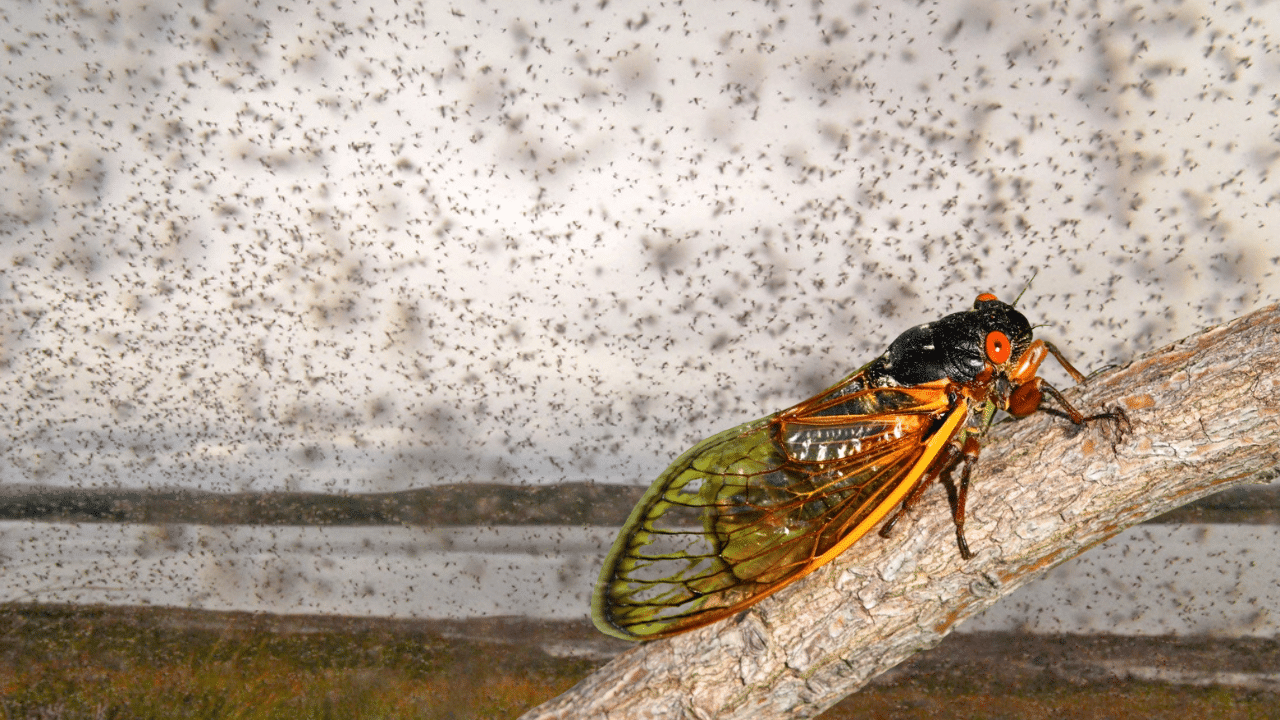Trillions of cicadas are set to invade the eastern US for the first time in 221 years, scientists say. In April, two large broods of periodical cicadas are going to emerge from the ground around the US for a large mating frenzy.
“Billions, even trillions, of cicadas are going to emerge at the same time across 17 states,” Chris Simon, a professor in UConn’s Department of Ecology and Evolutionary Biology, told Live Science.
Brood XIII and XIX have been living underground for 17 and 13 years respectively, and will emerge for the first time together in 221 years.
Periodical broods are found in eastern North America and tend to emerge in large numbers.
Once they hatch, the nymphs feed off root sap underground until it’s time to mate.
Mating season has been described as a noisy and chaotic display that could happen for weeks.
An event like this hasn’t occurred since 1803 when Thomas Jefferson was president, and the next occurrence will not be until 2244.
“The co-emergence of any two broods of different cycles is rare because the cycles are both prime numbers,” John Cooley, founder of the Periodical Cicada Project and a professor in UConn’s Department of Ecology and Evolutionary Biology, told the publication.
“Any given 13- and 17-year broods will only co-emerge once every 13 x 17 = 221 years.”
However, despite the large volume of cicadas that will appear next, it won’t look too different from other emergences.
In the first week, people will be able to spot the cicadas sitting on vegetation after they shed their exoskeleton around the morning hours.
Afterward, they will climb trees, and the males will emit a loud noise to attract females.
The females will then follow suit making clicking noises that increase as mating gets underway.
From there, the females can lay their eggs, and a new batch of cicadas will appear the next morning.
For the most part, the broods do not appear in the same location except for a small woodland area in Springfield, Illinois.








